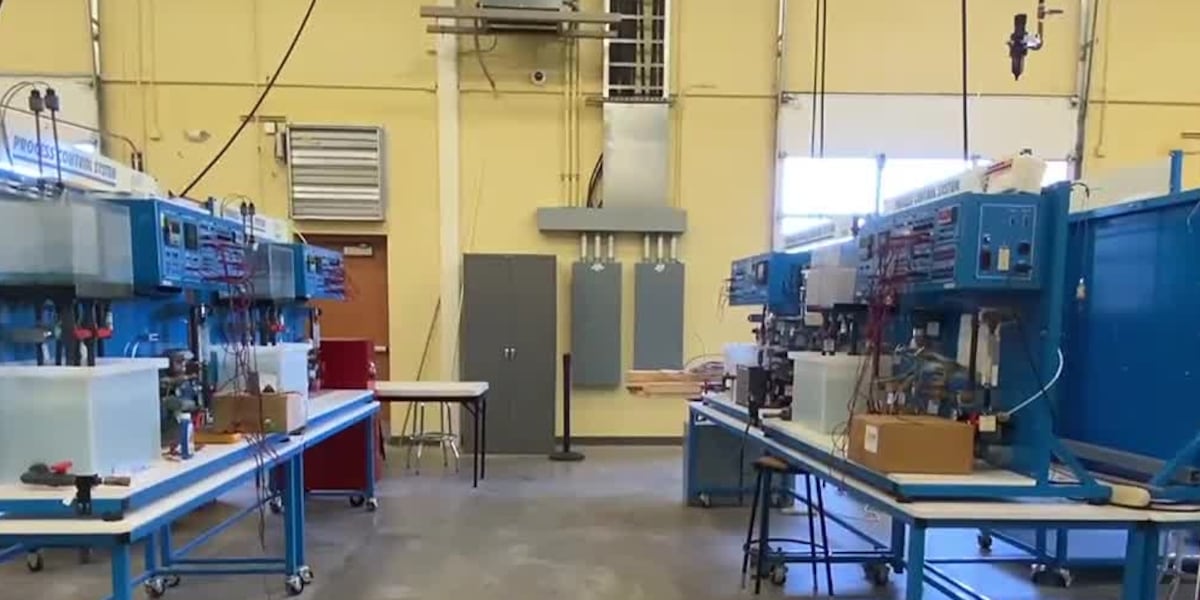Lost Cities of the Amazon: LiDAR Reveals Stunning 2,500-Year-Old Civilisation

A groundbreaking discovery in the heart of the Amazon rainforest is rewriting history books. Using cutting-edge LiDAR (Light Detection and Ranging) technology, archaeologists have uncovered the remains of a vast, complex network of cities dating back 2,500 years – far older and more sophisticated than previously imagined.
The findings, published in the prestigious journal Science, detail a sprawling urban landscape nestled in the Upano Valley of Ecuador. This isn’t just a few scattered settlements; it’s a meticulously planned network of platforms, plazas, roads, and agricultural terraces, suggesting a highly organised and populous society.
What LiDAR Revealed: A Hidden World
LiDAR works by firing laser pulses at the ground and measuring the time it takes for them to return. This allows scientists to penetrate the dense jungle canopy and create detailed 3D maps of the terrain beneath. Traditional archaeological methods often struggle in such environments, but LiDAR has proven revolutionary.
The scans revealed an astonishing 6,000 artificial earthen platforms, many connected by a complex system of roads and causeways. Researchers estimate that the population of this ancient civilisation could have reached tens of thousands, challenging the long-held belief that the Amazon was sparsely populated before European contact.
Beyond Simple Farming: Evidence of Complex Society
The scale and complexity of the urban layout suggest a far more advanced society than previously attributed to the Amazon. The presence of large plazas, likely used for ceremonial gatherings, and sophisticated agricultural terraces indicates an ability to support a large population and manage resources effectively.
“This is a paradigm shift in our understanding of the Amazon and its pre-Columbian history,” says Dr. Stéphen Rostain, the lead archaeologist on the project. “We’ve always assumed that the Amazon was a relatively untouched wilderness, but these findings show that it was home to thriving, sophisticated societies for millennia.”
Unanswered Questions and Future Research
While the LiDAR data provides an unprecedented glimpse into this lost civilisation, many questions remain. Who were these people? What was their culture like? What led to their decline?
Future research will focus on ground-truthing the LiDAR findings with traditional archaeological excavation. Researchers are eager to uncover artefacts and other evidence that can shed light on the lives of these ancient Amazonians. The discovery promises to reshape our understanding of human history and the resilience of societies in adapting to challenging environments.
The implications of this discovery are profound, demonstrating that the Amazon rainforest holds secrets that are only just beginning to be revealed.






